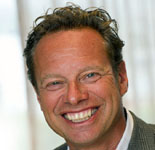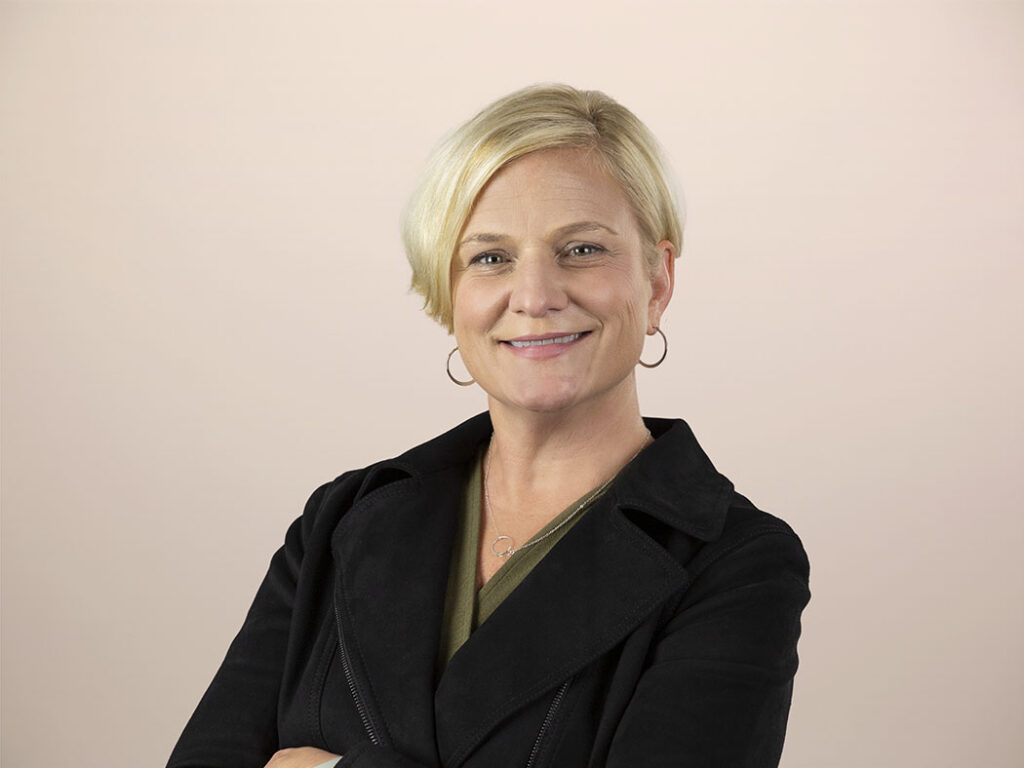Q&A With Jeroen Tas, Chief Executive Officer, Informatics Solutions and Services, Philips Healthcare

Our Forum For Technology Management Leaders in London starts tomorrow and I'm very excited about the program that we have been able to put together across the two days. On day one, we will be hearing from Jeroen Tas, Chief Executive Officer, Informatics Solutions and Services, Philips Healthcare, about how he and his team have evolved IT to become a fundamental enabler of growth for Philips as a real-time, connected company. Jeroen has over 30 years of global experience as an entrepreneur and senior executive in the financial services, healthcare, and information technology industries. Before taking on his current position, Jeroen was the Group Chief Information Officer of Royal Philips, leading IT worldwide.
In the run-up to the Forum, I asked Jeroen to answer a number of questions on Philips Healthcare's digital business journey. Jeroen's answers are a must-read for healthcare- and other technology management leaders about to embark on the same journey, and provide great insight into the challenges of making connected healthcare a reality. I look forward to hearing Jeroen speak on the main stage tomorrow!
Q: You have been a driving force behind Philips Healthcare’s strategy to create a connected healthcare world. Can you explain your approach?
Philips is a leader in Healthcare technology. We touch over 250 million patients around the globe every year. When we started looking at the patient journey across the continuum of care, we noticed highly fragmented experiences and incomplete data. At the same time we identified the tremendous opportunity that new technologies could offer. Using the power of mobile devices and social collaboration, we can enable a much stronger engagement with patients. With a secure cloud we can store and analyse data and make it available at every touch point to improve diagnosis and treatment. The Internet of Things gives us the chance to scale our great patient monitoring capabilities to consumer levels.
To create a truly connected healthcare world, we will seamlessly share data from any source, without cumbersome, expensive integrations. This encompasses more than software systems talking to each other, or data entered into an Electronic Medical Records system and interacting with an iPad. It includes all data across the continuum of care. This data can come from devices that the patient carries in the hospital, from imaging systems and patient monitors, connected technology in the home, or a wearable device and apps to check vital signs.
As a result, my role is focused on determining how personal and professional data will be presented, analysed and shared among clinicians and patients, across the healthcare continuum, from the hospital to the home. How these technologies can promote true collaboration of those caregivers (including friends and family), optimise the workflows and provide a seamless experience for all those that suffer from chronic diseases.
Q: What challenges are you working to overcome to make connected healthcare a reality?
Healthcare information and data exists in many different forms and in many different systems. Healthcare providers often operate without the right tools to help them collaborate on proactive patient care management. There is tremendous amount of waste and inefficiency, which totals $750B/year in the U.S. alone. But with the technology that exists today, and the data we’re amassing through the proliferation of different systems and consumer devices, we have a tremendous opportunity to organise healthcare information, wherever it exists, and make it universally accessible and useful for patients and professionals. We are only at the beginning of consumerisation of healthcare. Consumers and patients need to be motivated to start using their mobile apps and devices to manage their own health. Care givers need to get the incentives to achieve better patient outcomes, rather than being reimbursed on services rendered. They need to change their ways of working from “sick care” to real “healthcare”. Within Philips we are aligning different business units on a common experience throughout the user journey. These business units are leveraging the same technology stacks and integrate with our internal IT. This sets us up to develop a deep understanding of our customers, patients and their needs. So we transition from “products” to “digital propositions”.
Q: Can you give an example of how this technology evolution in healthcare would impact patients?
If a patient has a heart condition, they need more than just acute care in the hospital environment. They need to change their lifestyle, controlling alcohol and cholesterol intake, exercising, and understanding early warnings that something might go wrong again and how to deal with it. We envision a connected healthcare world that prevents patients from getting into the hospital to start with – detecting early signs and providing patients and professionals with early warnings to avoid acute care. An application on a tablet can help manage a treatment plan – to make sure patients take their medicines on time, get on the weight scale every day, take blood pressure every day and monitor heartbeat and respiration through a wearable. But the patient experience will soon extend to other products as well. For example, the patient may buy a home cooker that helps manage the nutritional value of the food. They may have lamps with motion censoring, so that they blink red when they need to take a red pill and green when it’s time to take the green pill. So, patients take the discharge instructions from the hospital into their personal health, and that transition should be seamless. If it is necessary that they come back to the hospital, they will have collected more and more useful data about their health for professionals to use in evaluating them, and they can continue to track themselves and their progress at home.
Q: What would be your advice to other technology management leaders be who are about to embark on a similar journey of digital business transformation?
Digital is tearing at the very fabric of many companies. It is not about just adding a new channel or connecting a product. We have experienced at Philips that we need to redesign business models and adjust our systems, processes and, most importantly, our culture to reflect the new opportunities presented by the digital world. This requires strong collaboration and vision at the top. At Philips we have a highly engaged Executive Committee, led by our CEO, who has made this a major priority for the entire company. As CIO I spent a large part of my time on jointly with the leadership identifying the opportunities and pitfalls of the key technologies (mobile, social, Internet of Things, cloud, big data). We made explicit agreements on where to invest (and not to invest) and how we to transition into the digital world. We are only at the beginning of the journey but we have developed a strong visual of the destination and we’re getting closer every day.
